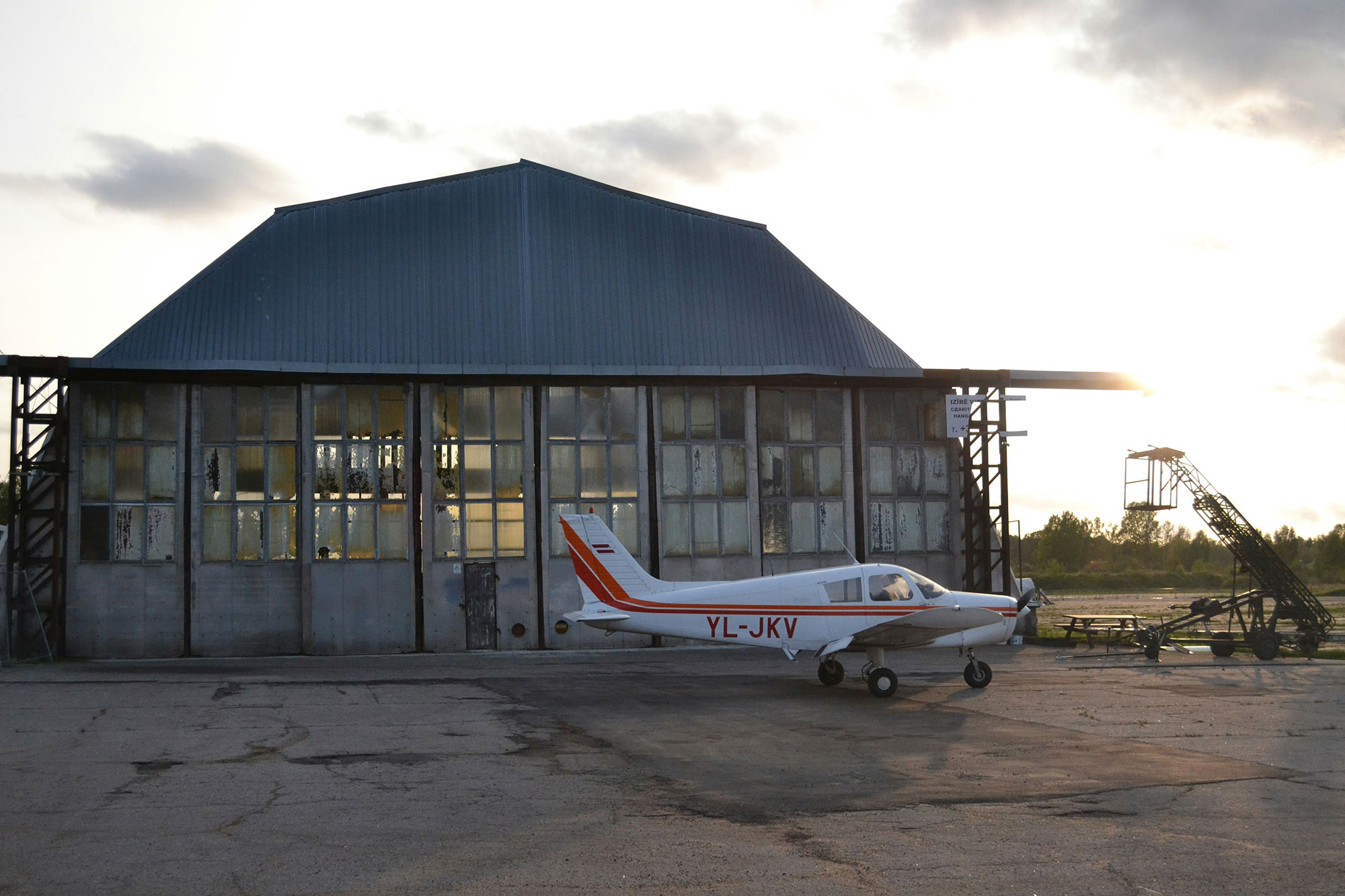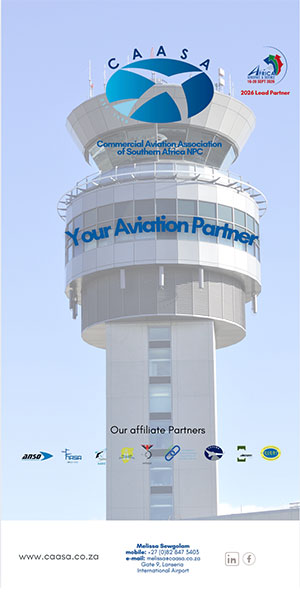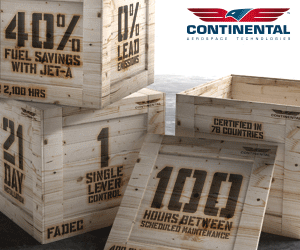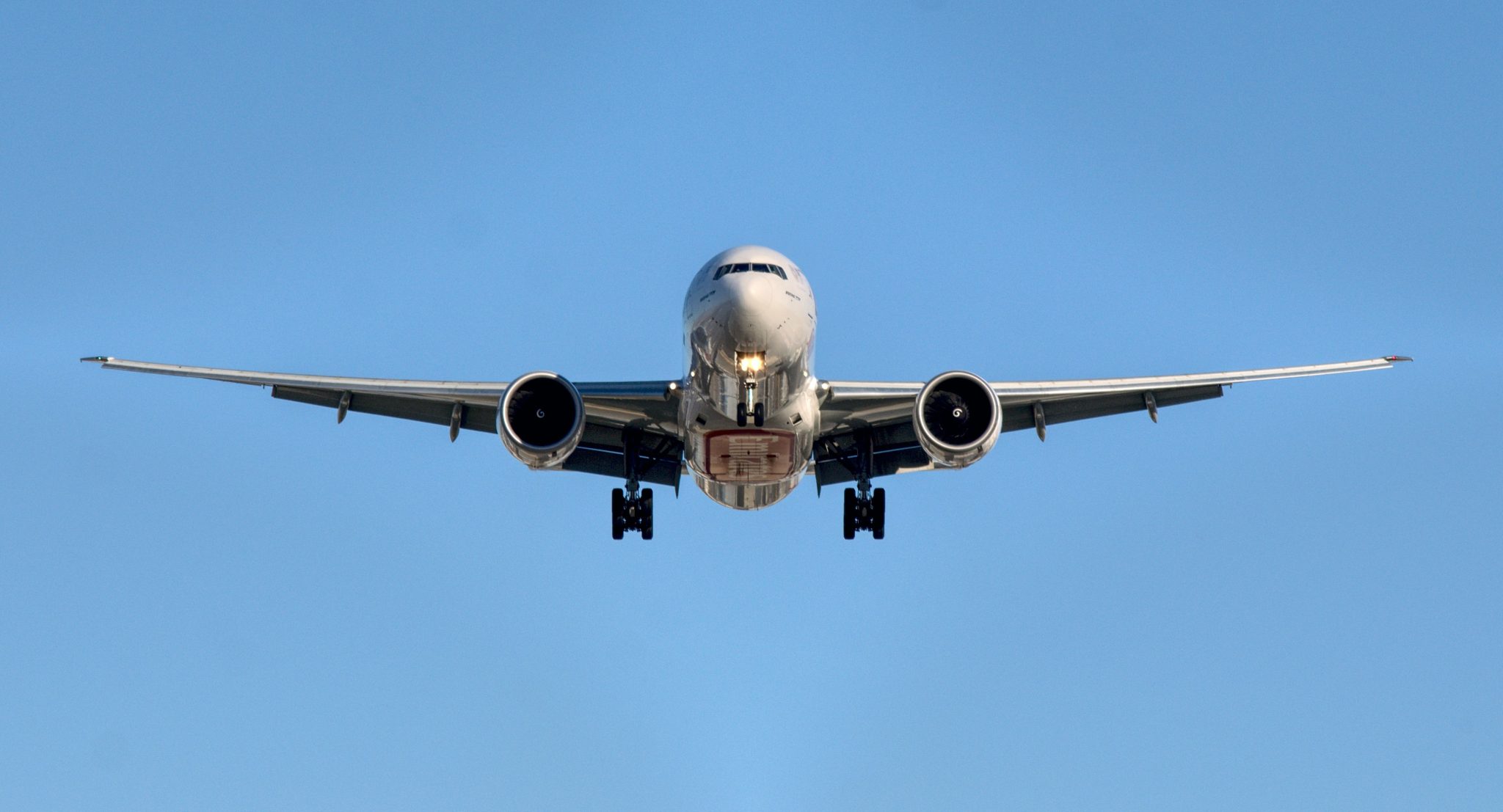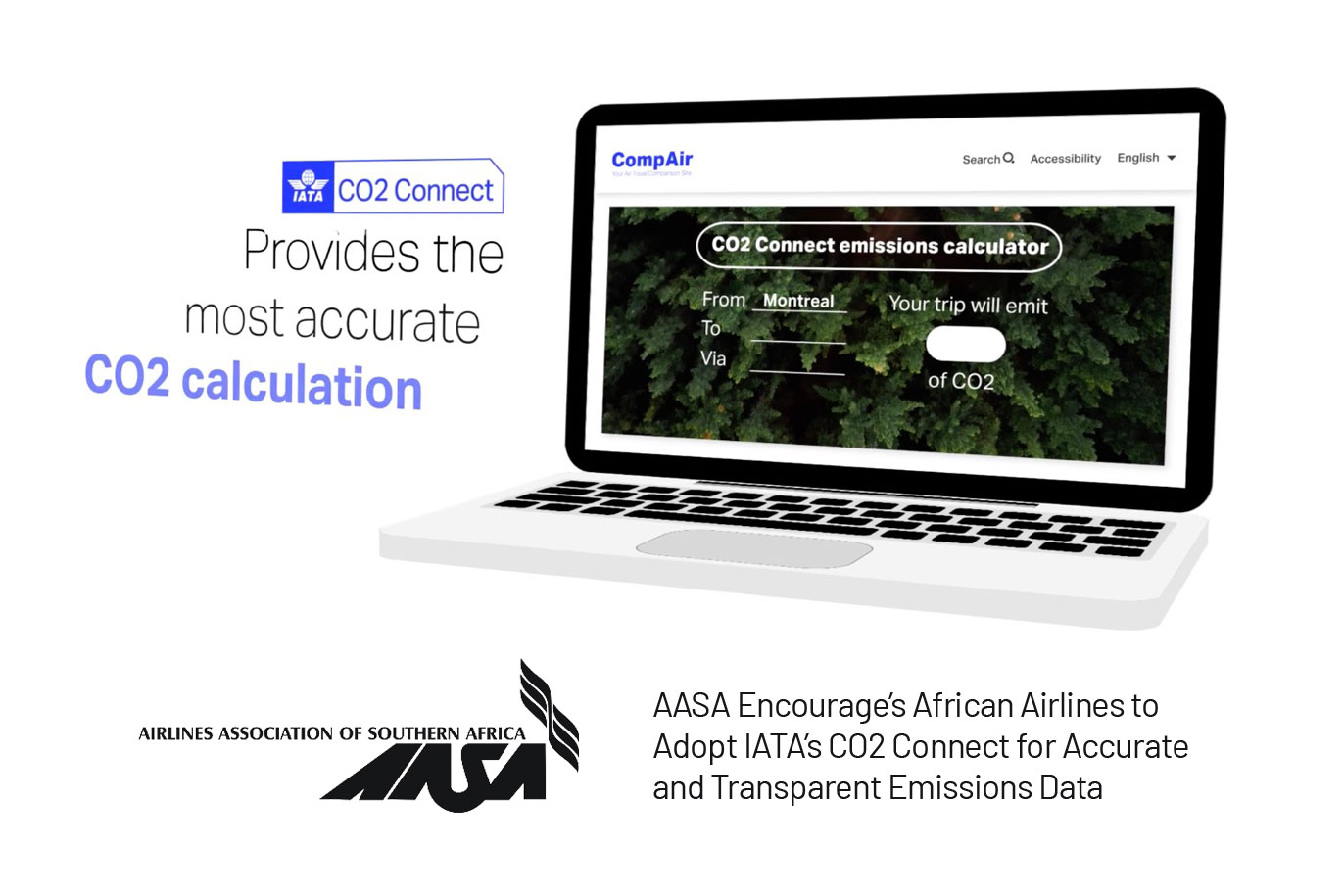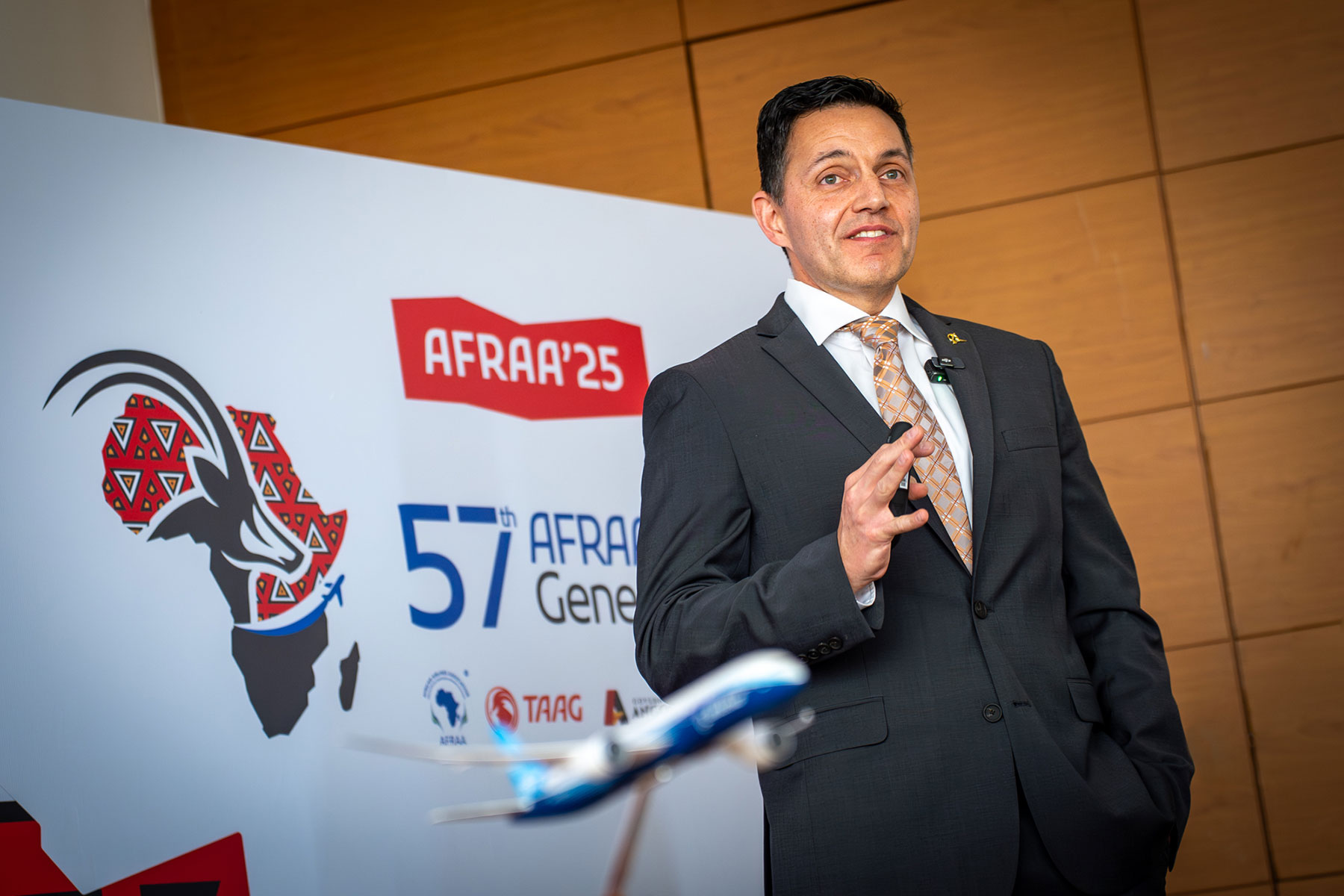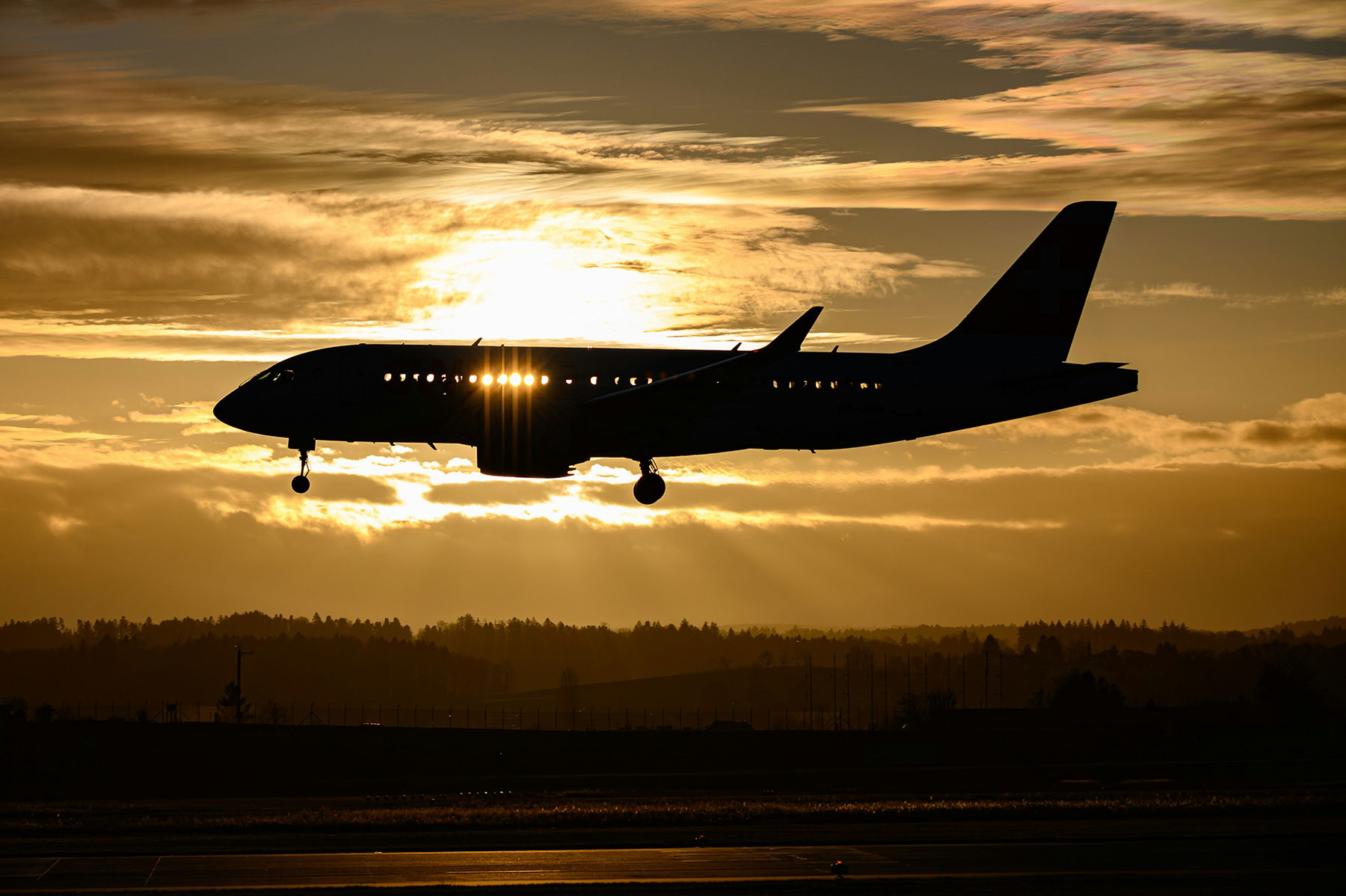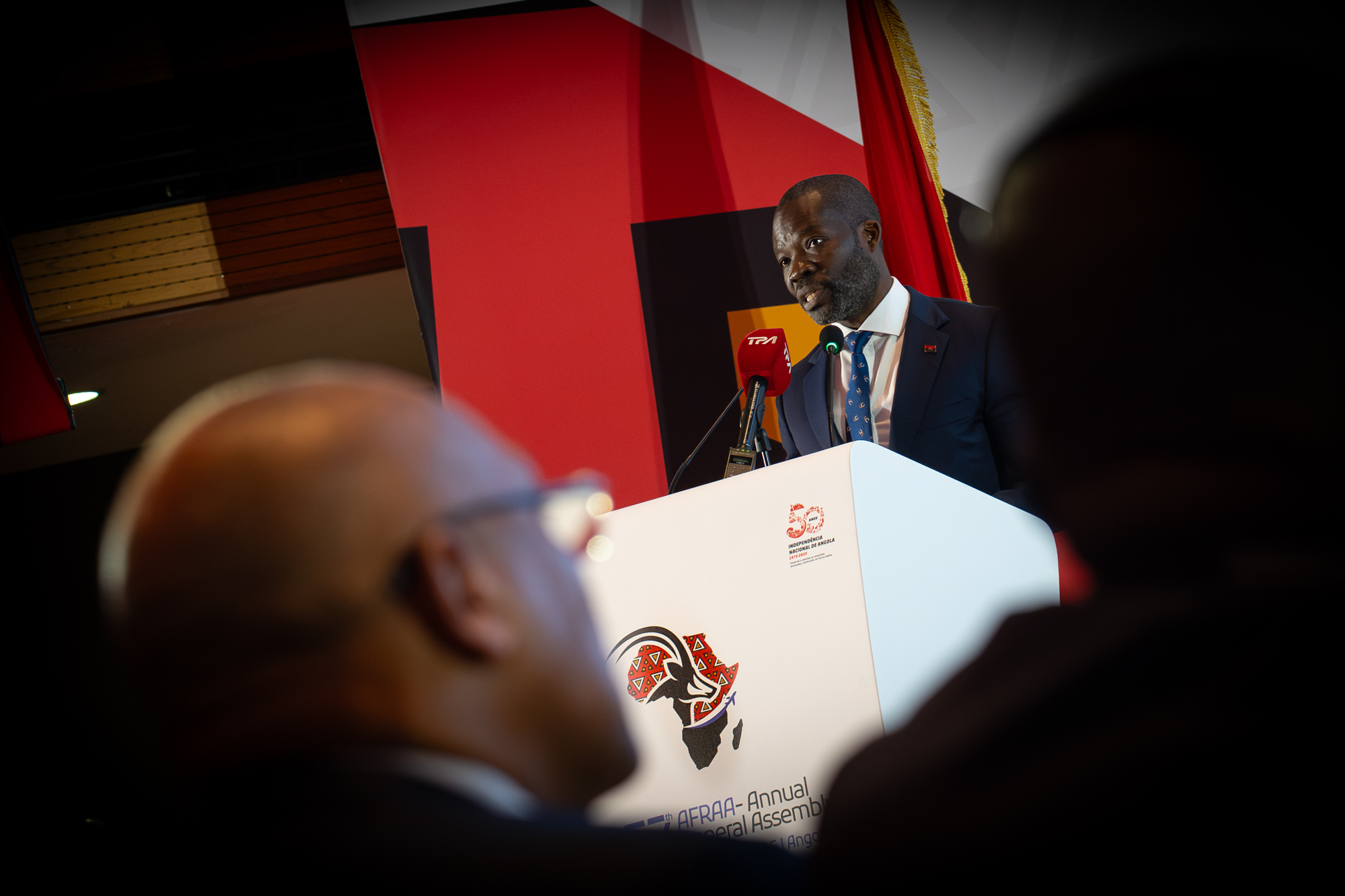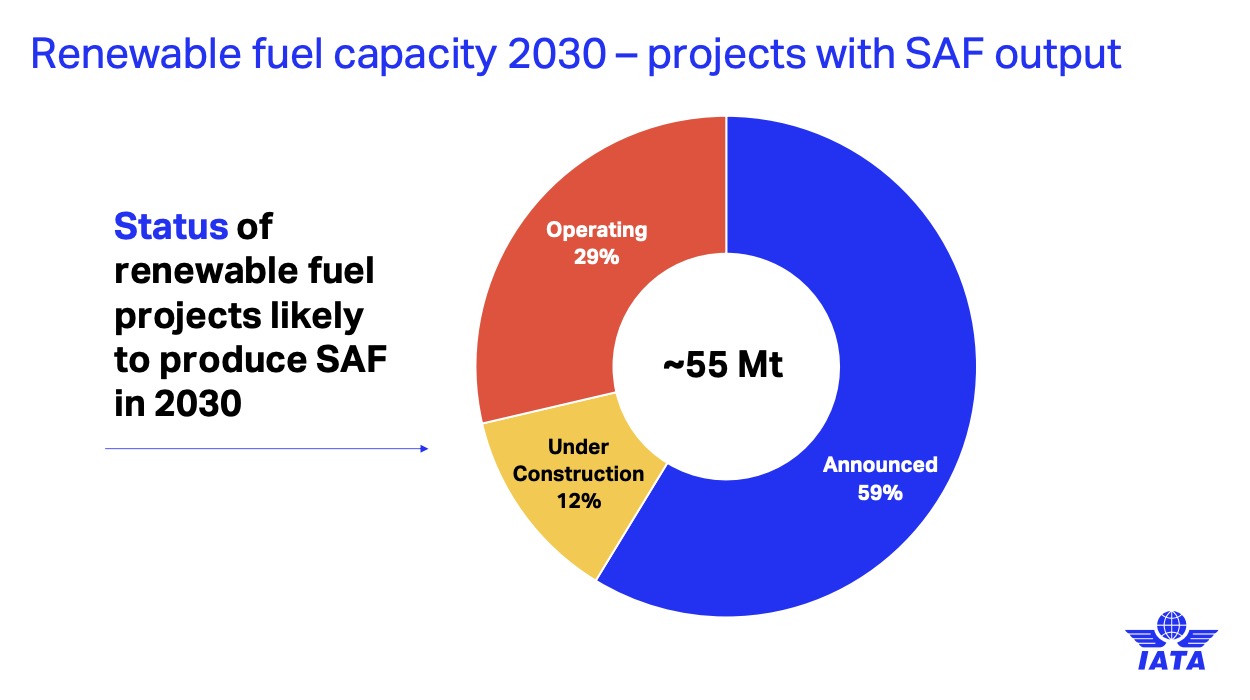Refurbishing an aircraft can range from a straightforward update to a complex, in-depth project. When done well, it can add significant value, extend the aircraft’s service life, and enhance the experience for those on board. However, if poorly planned or executed, refurbishment can result in costly mistakes that ultimately reduce an aircraft’s value.
Whether you’re a private owner customising your aircraft or a fleet operator maintaining a consistent brand, being aware of the common pitfalls is key to a successful refurbishment. We spoke to the Director of Executive Aircraft Refurbishment, a MRO and refurbishing company in Johannesburg, South Africa, to find out what common mistakes they see when it comes to refurbishing an aircraft. Francois Denton gave us some key pointers to consider.
Mistake One: Inadequate Understanding of the Aircraft’s Condition and History
One of the most common errors is failing to obtain a comprehensive understanding of the aircraft’s current condition and its full maintenance history. Access to complete logbooks is essential, not only to determine what maintenance is due but also to identify any overdue work.
It’s also important to consider where the aircraft has been stored. If it has spent most of its time outdoors, it will likely have faced more environmental wear and tear. Your MRO (Maintenance, Repair and Overhaul provider) needs this information to anticipate potential issues and plan an appropriate refurbishment schedule.
“The most common mistake people make is leaving the aircraft’s exterior bare metal surfaces exposed for too long,” says Francois Denton, Director at Executive Aircraft Refurbishment. “This leads to corrosion and can result in costly rivet or skin replacements. Painting or treating those areas immediately can help avoid these issues.”
Mistake Two: Failing to Account for the Aircraft’s Age and Storage History
Older aircraft, particularly those stored outdoors, require a different refurbishment approach compared to newer or well-hangared aircraft. Sun exposure can cause fading, cracking, and brittleness in leather, woodwork, and plastic trims.
“If an aircraft has been stored outdoors for most of its life, we usually recommend a complete interior refurbishment, along with stripping and respraying the exterior paint,” says Denton.
External corrosion is a major concern, especially when it’s not immediately visible. “Corrosion can start overnight and spread quickly, particularly inside the fuselage or control surfaces. Left untreated, it can render an aircraft unairworthy in just a few months.”
In contrast, aircraft that have been stored indoors and are generally well-maintained may only require a partial refurbishment. “We’ll inspect and refresh selected interior items, and carry out exterior spot repairs where necessary,” Denton explains. “Some owners choose to retain the aircraft’s original styling, while others prefer to modernise—it’s all down to personal preference.”
Mistake Three: Letting Budget Dictate Every Decision
While cost is always a consideration, allowing budget constraints to dictate every aspect of a refurbishment can lead to poor outcomes. Choosing a low-cost provider or cutting corners can result in inferior workmanship and future issues that are far more expensive to fix.
Instead, collaborate with your MRO to prioritise essential work and explore opportunities to bundle refurbishments for efficiency. Investing in quality materials and experienced professionals pays off in the long run, both in performance and resale value.
“A full interior and exterior refurbishment can significantly increase an aircraft’s value,” Denton notes. “Not only does it improve aesthetics, but it also extends the aircraft’s usable life.”
Denton also points out the value of small, proactive maintenance: “Treating corrosion as it appears, regularly polishing the exterior, and repairing interior defects as soon as they arise all make a huge difference over time. When it comes to resale, the condition of the aircraft is one of the first things potential buyers will assess.”
Mistake Four: Insufficient Research and Planning
Before embarking on a refurbishment project, take the time to properly assess the aircraft’s condition, understand the full scope of work required, and plan accordingly. A well-structured timeline can minimise aircraft downtime and ensure a smoother process.
Perhaps most importantly, select the right MRO partner. Look for a provider with a proven track record, industry reputation, and client references. The quality of your refurbishment depends largely on the expertise of the team carrying it out.
Without thorough research and preparation, you risk not only unexpected delays and expenses but also potential damage to your aircraft that could cost more to fix than the refurbishment itself.
Refurb With Thought and Planning
A well-planned refurbishment enhances the longevity, safety, and appearance of your aircraft—and, if done properly, can be a smart investment. Avoiding these common mistakes will help ensure your refurbishment adds real value, rather than unnecessary cost or complications.
